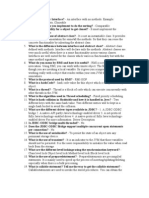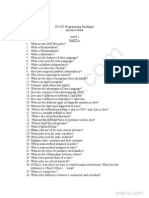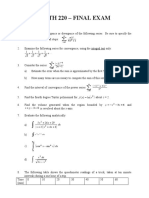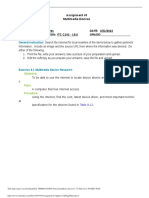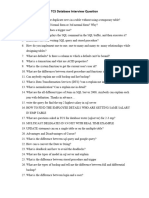0% found this document useful (0 votes)
21 views12 pagesJava QB Ans
The document outlines important Java concepts and questions, including the finally block, Swing components, InetAddress methods, URL connection methods, and Datagram packets. It also covers AWT components, TCP protocol, socket constructors, JDBC architecture, and listener interfaces. Additionally, it highlights the differences between AWT and Swing components.
Uploaded by
akshayryakawarCopyright
© © All Rights Reserved
We take content rights seriously. If you suspect this is your content, claim it here.
Available Formats
Download as PDF, TXT or read online on Scribd
0% found this document useful (0 votes)
21 views12 pagesJava QB Ans
The document outlines important Java concepts and questions, including the finally block, Swing components, InetAddress methods, URL connection methods, and Datagram packets. It also covers AWT components, TCP protocol, socket constructors, JDBC architecture, and listener interfaces. Additionally, it highlights the differences between AWT and Swing components.
Uploaded by
akshayryakawarCopyright
© © All Rights Reserved
We take content rights seriously. If you suspect this is your content, claim it here.
Available Formats
Download as PDF, TXT or read online on Scribd
/ 12






























